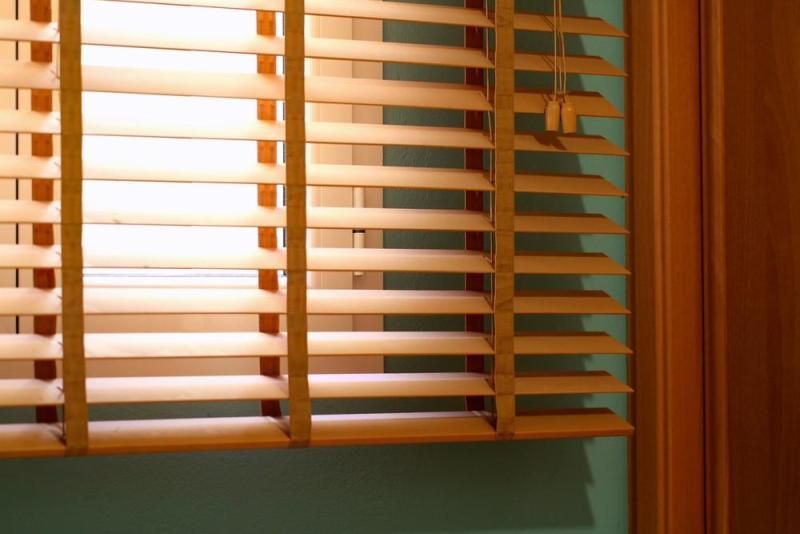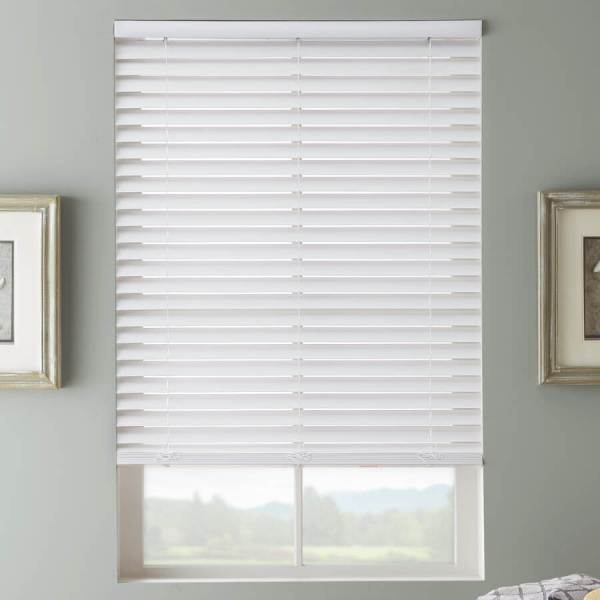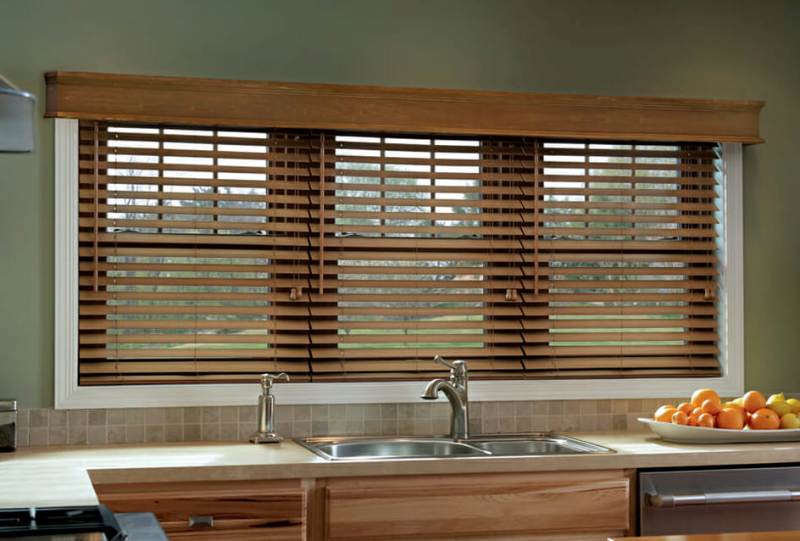Blinds can easily make or break the interior of a home or office. Given the numerous different styles and materials to choose from, the possibilities of combinations are endless. While they serve a functional purpose to control the amount of light entering, they also add to the general aesthetic of the space. Here, we look into the two most common types of wood blinds.
While real wood blinds have been around for a long time now, the use of faux wood blinds similar to other faux materials has gotten traction over recent years. While few people believe that blinds are a thing of the past, the numbers clearly state otherwise. Even with the introduction of smart homes, developers have decided to opt for blinds that can be controlled remotely rather than eliminate them. Whatever is said and done, wooden blinds are here to stay. The only question is, which is the one to go for.
Faux Wood and Real Wood Blinds: What is it?
Real Wood Blinds

Real wood blinds are made out of wood completely. If you’re looking for natural, organic home decor, this is the way to go. Using real wood also ensures that the quality is not compromised. They also provide high levels of insulation since it’s made of actual wood. With the advancement of technology, manufacturers have been able to use sustainable forestry methods to make sure that minimal damage is done to the ecosystem and the planet as a whole. Real wood comes with unique, beautiful stains making such blinds an elegant addition to any room. The amount of natural detail that comes with real wood blinds is unmatched. While this cannot come in contact with harsh chemicals, it can be cleaned using more natural and sustainable methods. These blinds come in varied sizes with huge levels of customizations, making them perfect for larger windows. If you’re okay with shelling a few extra pounds for a perfect interior, go for real wood.
Faux Wood Blinds

Faux wood blinds are imitation wood made up of either wood composites or PVC material. They tend to be made either fully out of PVC or are sometimes made with a wooden core. In the latter case, the resultant blinds do reap certain advantages of real wood. For the most part, faux wood can be made to look almost identical to real wood. Faux wood blinds work best for areas that have extreme heat or humidity. These blinds can handle the wear and tear better than real wood. Even though the real stuff stands unmatched when it comes to elegance, faux wood blinds are still the most popular types of wood blinds. Since these tend to be heavier, it might also be a struggle when lowering or raising the blinds. If you’re looking for an inexpensive and almost natural look, faux wood is the way to go. For bathrooms and kitchens where water is common, faux works best since it is resistant to staining, warping, and other issues that real wood faces.
Pros and Cons of Real Wood Blinds
Pros
- Provides good quality blinds
- It comes with a unique patina
- Provides high insulation
- Has varied control options
Cons
- Can be more expensive since its made of real wood
- Susceptible to warping over time
- Wood absorbs and hence, such blinds are prone to staining
Pros and Cons of Faux Wood Blinds
Pros
- Cheaper since it is made of PVC or composite wood material
- It can be made to be waterproof and is thus resistant to any type of rotting
- It can be made of a uniform colour since it is artificially produced.
- Easy to clean since liquids, etc., do not get absorbed into the blinds.
Cons
- Faux-wood items tend to weigh more in general
- There is very limited control choice for such blinds
- They are usually a larger stack which isn’t preferred.
Conclusion
If you are on a budget and can compromise on weight etc., going for faux wood is the best option. On the other hand, if quality and aesthetics are of primary concern, real wood blinds do the job well. At the end day, the choice is completely left to the discretion of the owners depending on their use case. Both of these materials come with their own set of advantages and disadvantages.






